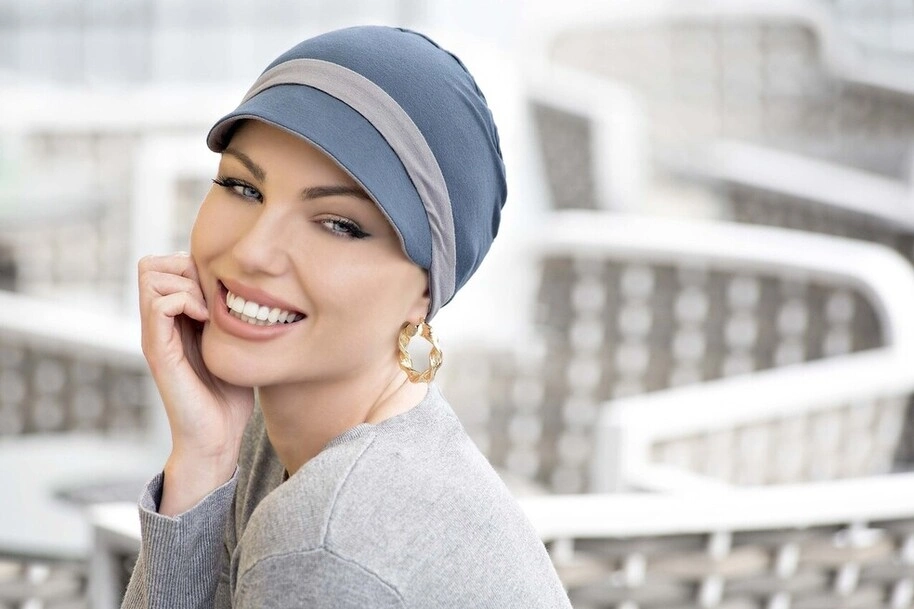Fashion is more than just a means to present ourselves to the world; it is a form of self-expression, a source of comfort, and, at times, a beacon of hope. This is especially true for individuals who are battling illnesses that affect their physical appearance, such as cancer. In the midst of treatments, particularly chemotherapy, hair loss can be one of the most distressing side effects for many patients. However, the fashion industry has responded to this challenge with creativity and compassion, offering specially designed hats for cancer patients that not only provide coverage but also offer a sense of style and normality in difficult times.
The Importance of Compassionate Fashion
The concept of compassionate fashion embodies the idea that clothing and accessories can have a therapeutic effect on individuals. For cancer patients, compassionate fashion can play a vital role in maintaining their dignity and self-esteem. Accessories such as hats are not merely practical solutions for hair loss, but they can also be beautiful fashion statements that allow patients to showcase their personalities.
Design Considerations for Chemo Hats
Designers of compassionate fashion understand that hats for cancer patients need to be more than just stylish—they must be comfortable and sensitive to the wearer’s needs. Factors such as soft fabric that does not irritate the skin, full coverage to conceal hair loss, and versatile designs that can be worn with a variety of outfits are essential. Moreover, ease of use is a critical aspect, ensuring that putting on and taking off the hat is a simple, pain-free process.
Empathy in the Fashion Industry
The rise of compassionate fashion signifies a broader shift in the industry towards empathy and inclusivity. Brands that specialise in hats for cancer patients are taking the lead in showing that style and sensitivity can go hand in hand. They are not only filling a gap in the market but are also raising awareness and support for individuals going through a challenging phase of their lives.
Personalisation and Choice
Variety is important in fashion, and the need for choice does not diminish with a cancer diagnosis. Hat manufacturers have recognised this and offer a wide range of styles, colours, and materials. From cosy beanie hats to elegant scarves and trendy caps, there is a plethora of options that allow cancer patients to align their fashion choices with their personal taste and seasonal trends.
The Power of Fashion to Uplift
A thoughtfully chosen hat can have a transformative effect on an individual’s outlook. It can brighten up a patient’s day and provide a newfound confidence. When a person feels good about how they look, it can instil a sense of optimism and combat the emotional toll of cancer treatments. Fashion becomes a vehicle for not only self-expression but also self-care.
Celebrating Individuality
Each cancer journey is unique, and so is every person’s fashion sense. The increasing availability of hats designed for cancer patients allows individuals to celebrate their individuality even during tough times. Patients can find hats that resonate with their identity, be it through a quirky print, a bold colour, or a hat that complements their face shape.
Quality and Durability
While style and comfort are paramount, quality and durability are also key factors when it comes to hats for cancer patients. These hats are often worn daily and therefore must be able to withstand regular washing and wear. High-quality materials and construction mean that they can remain a cherished part of a patient’s wardrobe long after recovery.
Social Impact of Compassionate Fashion
Beyond helping individuals cope with the appearance-related side effects of cancer treatments, compassionate fashion can also drive positive social change. By supporting brands that cater specifically to the needs of cancer patients, consumers promote a more empathetic and people-oriented approach within the fashion industry. This patronage encourages other brands to follow suit, leading to a more inclusive market for all.
Community and Support
For many cancer patients, finding the right hat is not just about the physical product—it’s about the message it carries and the community it represents. Brands that create hats for cancer patients often foster a sense of belonging and support, connecting wearers through shared experiences and stories. This community-building aspect of compassionate fashion can be just as valuable as the hat itself.
Environmental and Ethical Considerations
Compassionate fashion also extends to environmental and ethical concerns. Brands that prioritise sustainability in their manufacturing processes and ethical treatment of labour contribute to a healthier planet and society. Consumers can take comfort in knowing that their purchase supports responsible practices and reflects their personal values.
Raising Awareness and Education
Finally, the emergence of compassionate fashion for cancer patients plays a role in raising awareness and educating the public. Through visibility in fashion, there is an opportunity to initiate conversations about cancer and its effects, debunk myths, and promote understanding and empathy within the community.
The Future of Compassionate Fashion
As the demand grows, so does the potential for innovation in compassionate fashion. Future advancements may see even more tailored solutions, incorporating technology for added comfort or personalisation. The common thread, however, will always be the heart that goes into each design, as the fashion industry continues to embrace its role in providing style with substance.
In summary, compassionate fashion, particularly through specialised hats for cancer patients, represents a vital aspect of self-expression and emotional well-being for those undergoing treatment. It is a poignant reminder that fashion has the power to uplift, unite, and speak to deeper human experiences. To learn more about the range of stylish and comforting headwear available, visit Masumi Headwear and explore their collection, which is designed with care and compassion for those who need it most.

